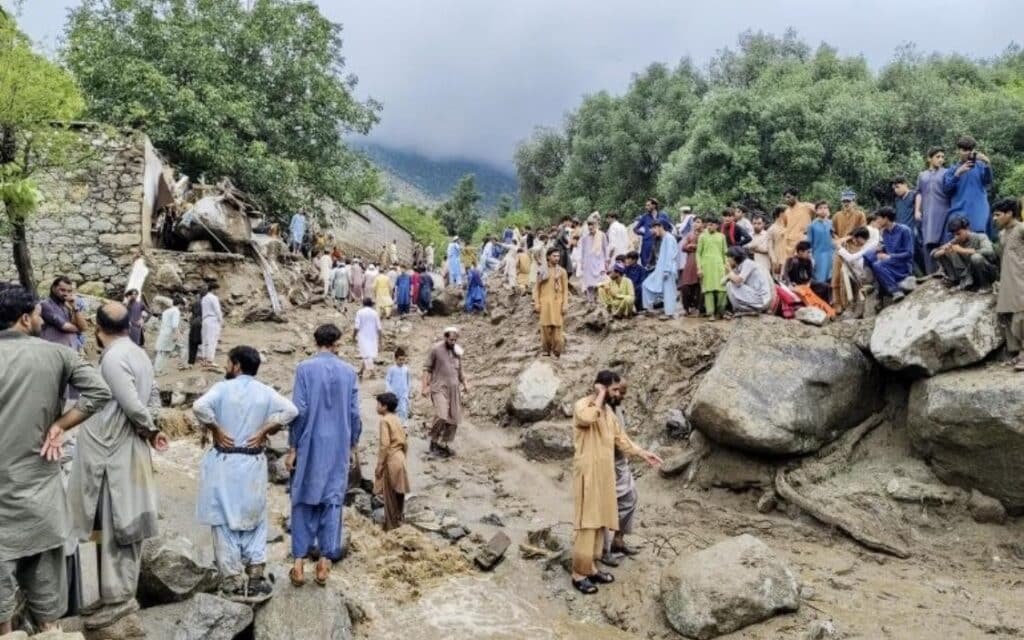
Islamabad, August 21, 2025 : Pakistan is grappling with one of the deadliest flood seasons in recent years, as torrential monsoon rains have submerged vast swathes of the country, leaving behind devastation and displacing millions. The catastrophic flooding has affected nearly every aspect of life, from homes and farmland to infrastructure and health systems, raising fears of a prolonged humanitarian crisis.
Monsoon Rains Turn Deadly:
The flooding began after weeks of relentless downpours, which caused rivers to overflow, dams to breach, and landslides to devastate mountainous regions. In Punjab, Sindh, and Khyber Pakhtunkhwa, entire villages have been swept away. Cropland, which serves as the backbone of Pakistan’s economy, now lies underwater, threatening food supplies in the months ahead.
Residents in low-lying areas were caught off guard when water levels rose faster than anticipated. In Sindh province, locals reported waking up to the sound of rushing water tearing through their streets. “It was like a wall of water hit our village,” said Abdul Ghaffar, a farmer from Dadu district. “Within hours, our homes were gone, our cattle drowned, and everything we worked for was lost.”
Rescue and Relief Efforts Underway:
The National Disaster Management Authority (NDMA) confirmed that tens of thousands of people have been evacuated so far, though the true scale of displacement is likely much higher. Emergency shelters have been set up in schools, mosques, and government buildings. The Pakistani army has deployed helicopters and boats to assist with rescue missions, delivering food parcels and evacuating stranded families.
Despite these efforts, relief workers warn that resources are stretched thin. Many remote communities remain cut off, with washed-out roads and collapsed bridges hampering access. “The water is everywhere, and reaching survivors has become a race against time,” said an NDMA spokesperson.
Health and Humanitarian Concerns:
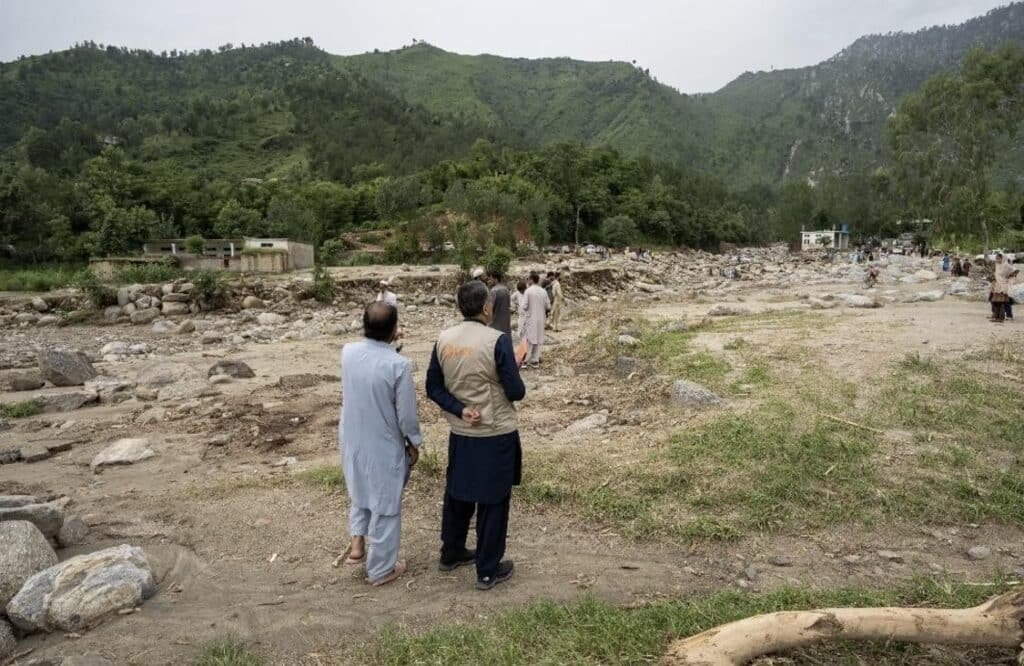
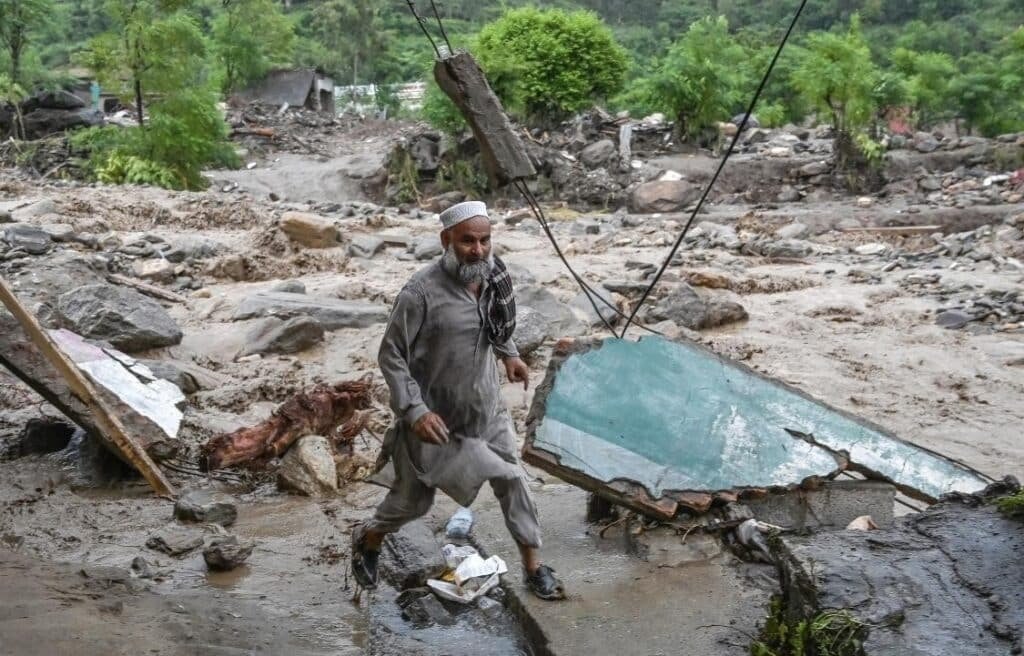

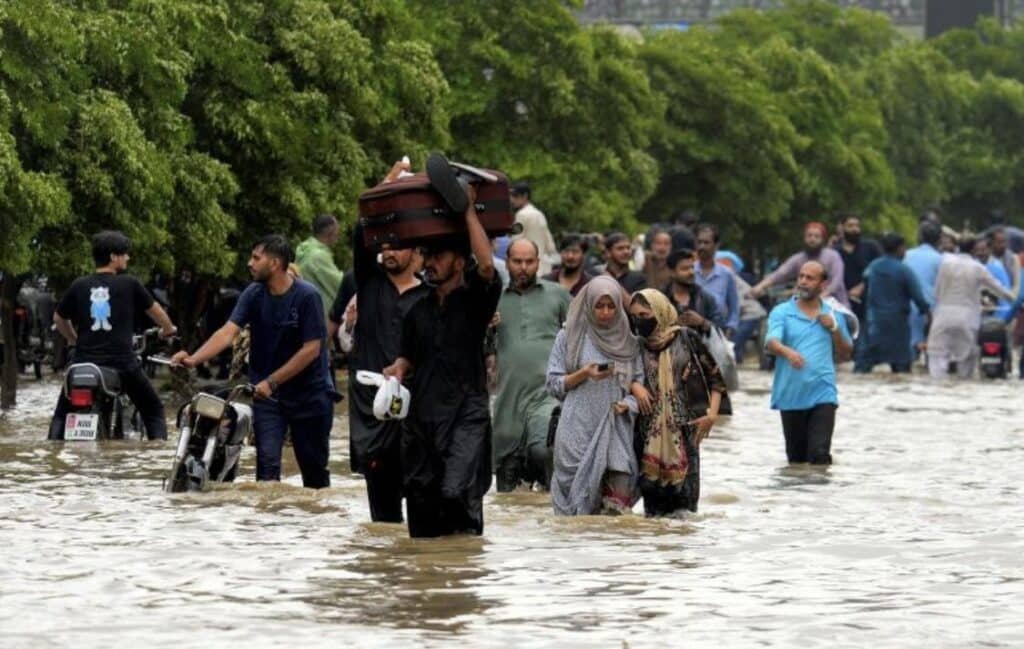
As stagnant water continues to accumulate, health officials warn of a looming public health emergency. Waterborne diseases such as cholera, dysentery, and dengue fever are expected to surge among displaced populations living in crowded shelters with limited sanitation. Aid agencies are also concerned about the lack of clean drinking water, medical supplies, and adequate nutrition.
“We are seeing families who have lost everything,” said a representative from the International Red Cross. “Children are particularly vulnerable, not only to disease but also to the trauma of displacement.”
Economic and Agricultural Devastation:
Pakistan’s agricultural heartlands have been hit especially hard. Officials estimate that hundreds of thousands of acres of rice, cotton, and wheat fields are underwater, with devastating consequences for the economy. Livestock losses are also mounting, further endangering rural livelihoods. Economists warn that food shortages and rising prices could worsen inflation, adding to the country’s already fragile financial situation.
Climate Change and Poor Infrastructure:
Experts point to a combination of factors that have magnified the severity of this year’s floods. While monsoon rains are a seasonal reality in South Asia, scientists emphasize that climate change is intensifying extreme weather events. Rising global temperatures are increasing the frequency of erratic rainfall patterns, leading to both prolonged droughts and sudden deluges.
In addition, poor infrastructure and inadequate flood management systems have exacerbated the crisis. “Pakistan has long been vulnerable to floods, but rapid urbanization, deforestation, and lack of planning have made the situation far worse,” said climate researcher Dr. Sara Malik. “Without stronger investment in climate resilience, such disasters will only grow more frequent and deadly.”
A Nation in Mourning, Bracing for Recovery:
The government has pledged emergency funds for flood relief and appealed for international assistance. Neighboring countries and global aid organizations have begun mobilizing support, though officials admit that the road to recovery will be long and difficult.
For now, millions of Pakistanis are left displaced, uncertain of when or if they will be able to return home. As the waters continue to rise in some regions, despair is mounting. “Our lives have been washed away,” said Amina Bibi, a mother of four sheltering in a relief camp in Punjab. “We don’t know what tomorrow will bring.”
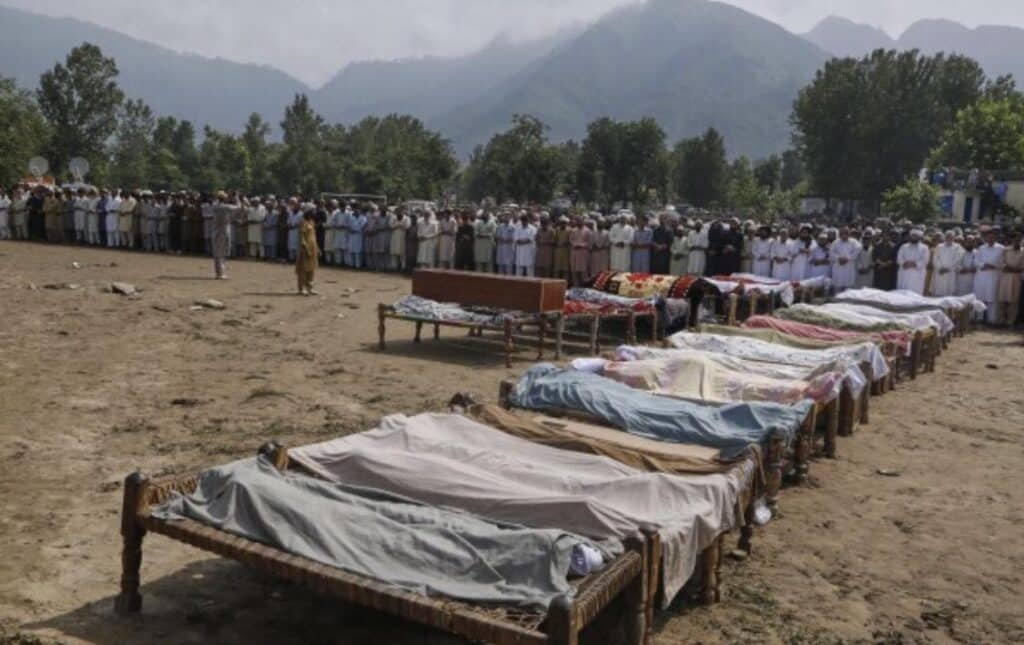
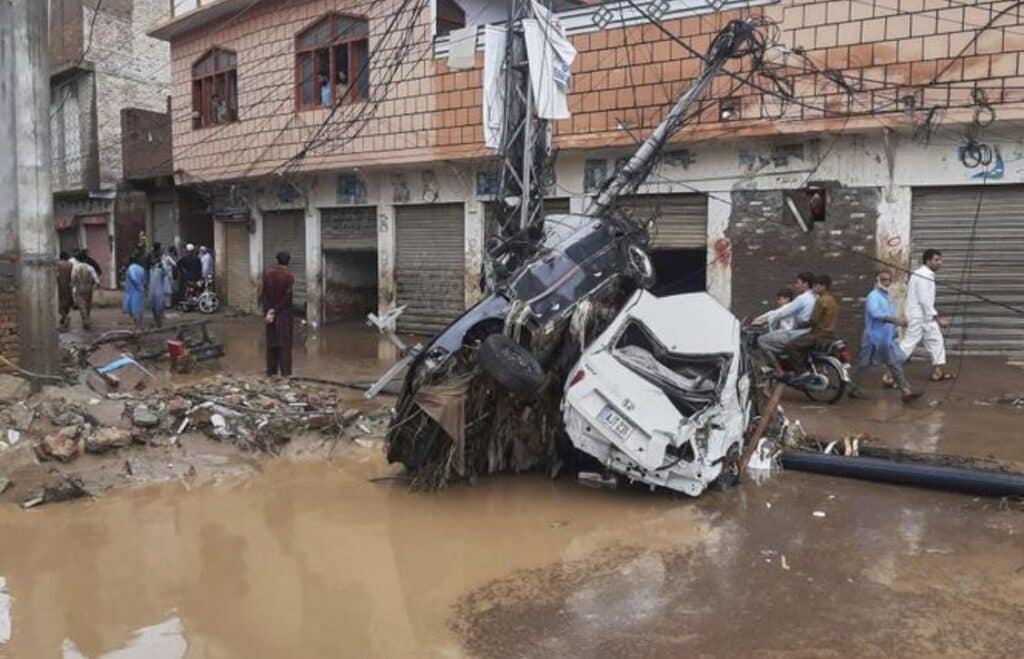
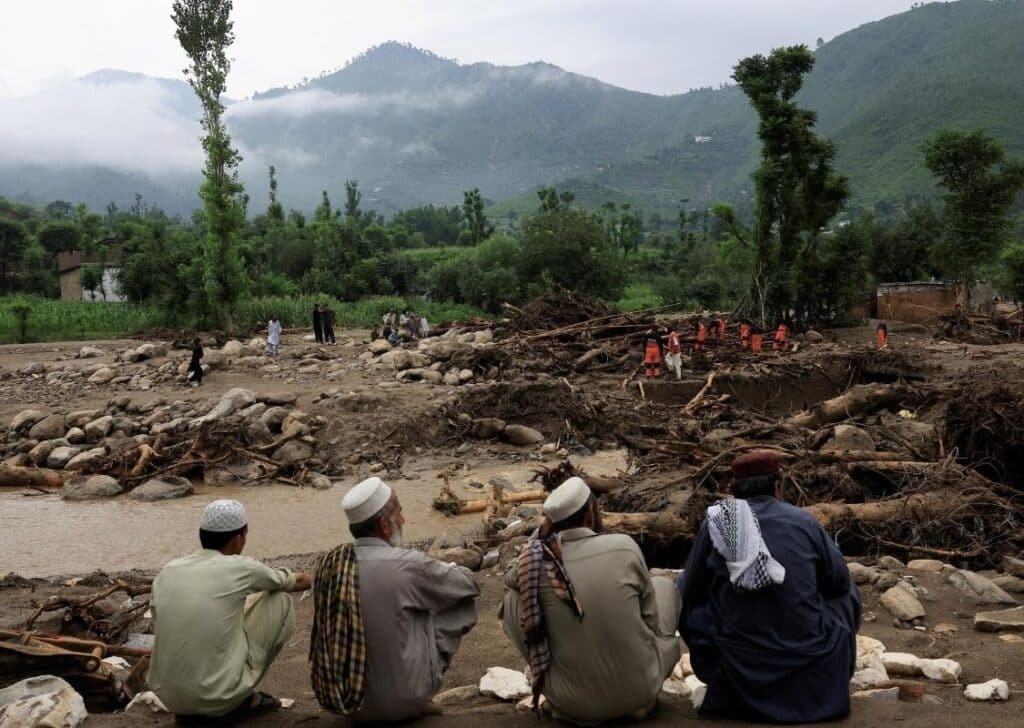
The floods, which have already been described as one of the worst natural disasters in Pakistan’s recent history, are a stark reminder of the nation’s vulnerability in the face of climate extremes. While emergency relief is the immediate priority, experts say that long-term resilience will require urgent reforms in disaster management, infrastructure development, and climate adaptation.

